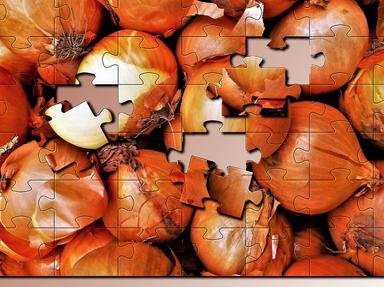
Fractured Herbalism Plants Trivia Quiz
Herbs are quite amazing, with so many of them used over the years for culinary and curative purposes. How many do you know? Just say the given words out aloud to hear the real name of the herb you need.
A multiple-choice quiz
by Creedy.
Estimated time: 4 mins.